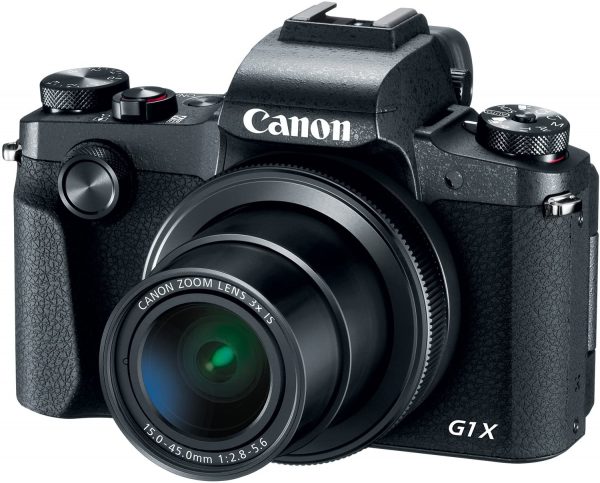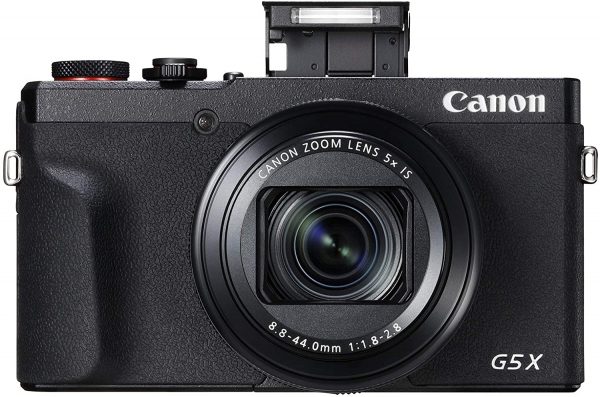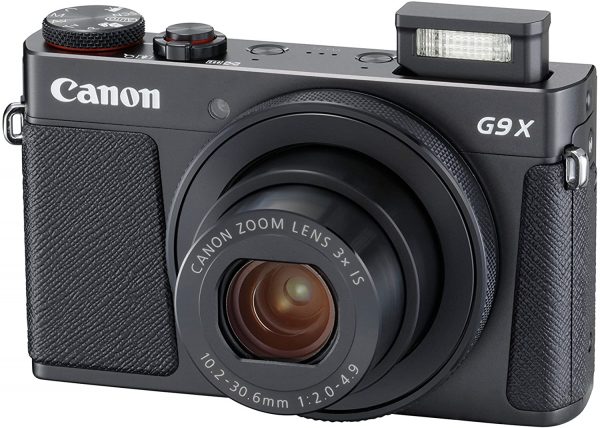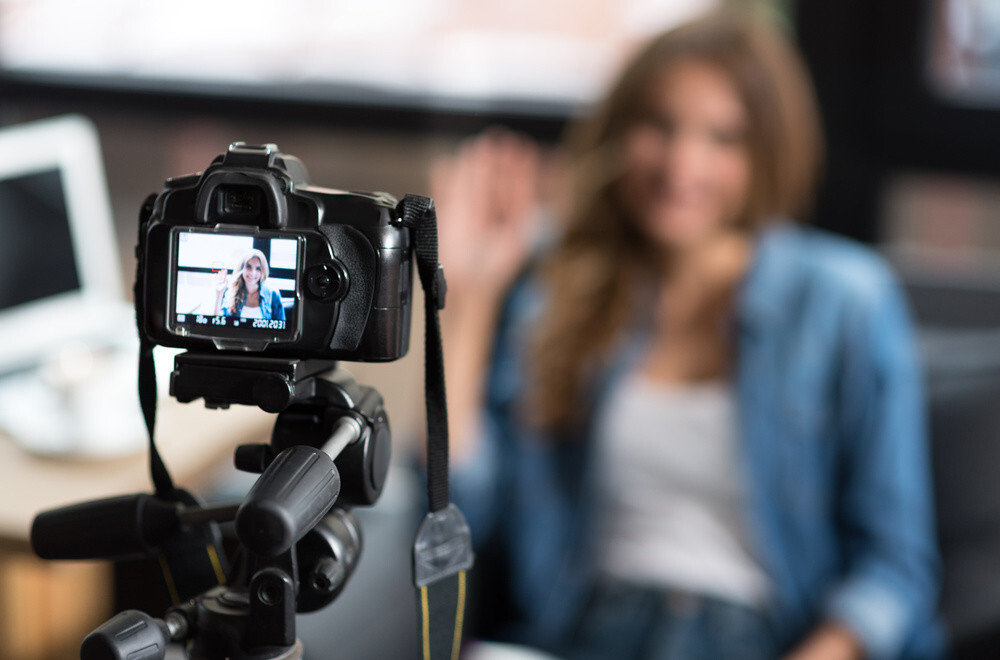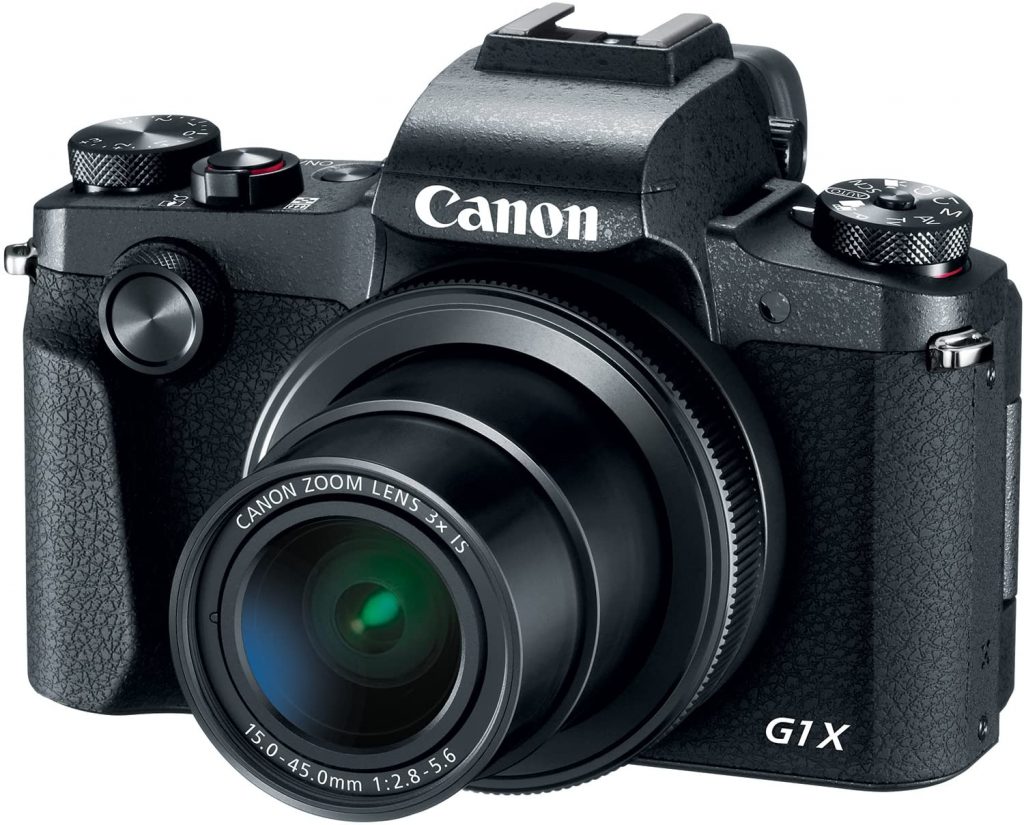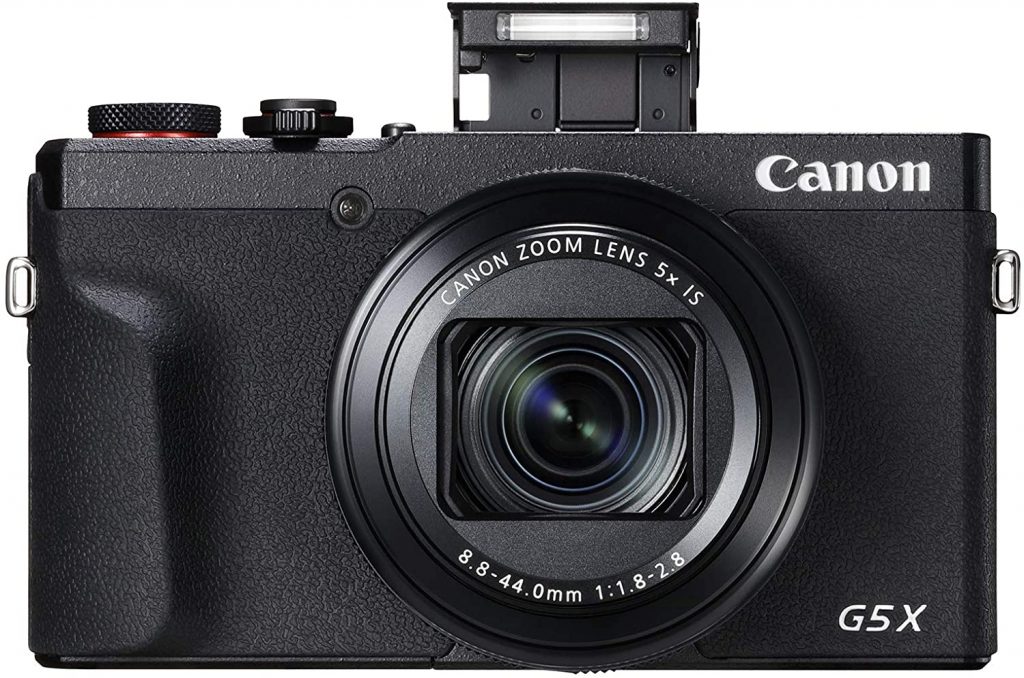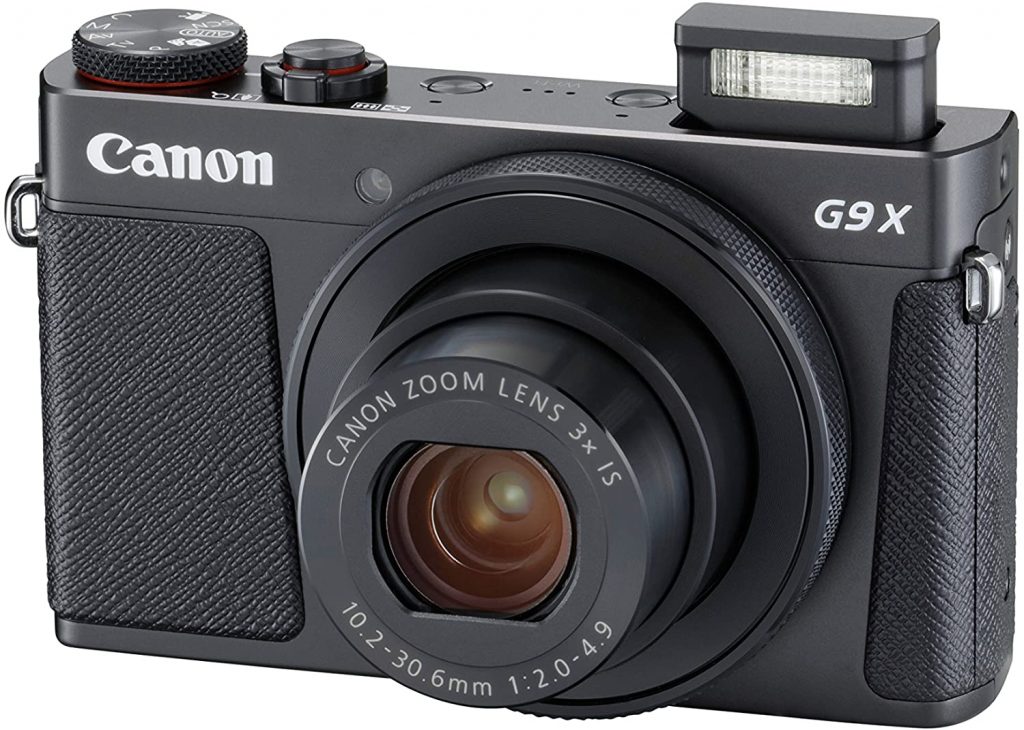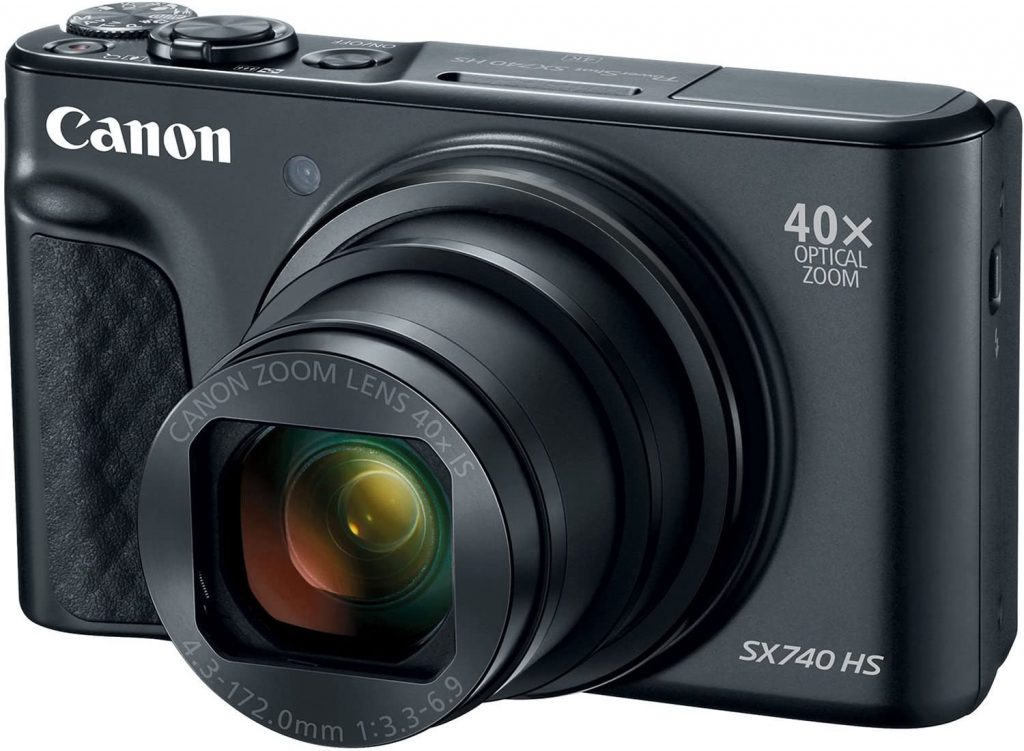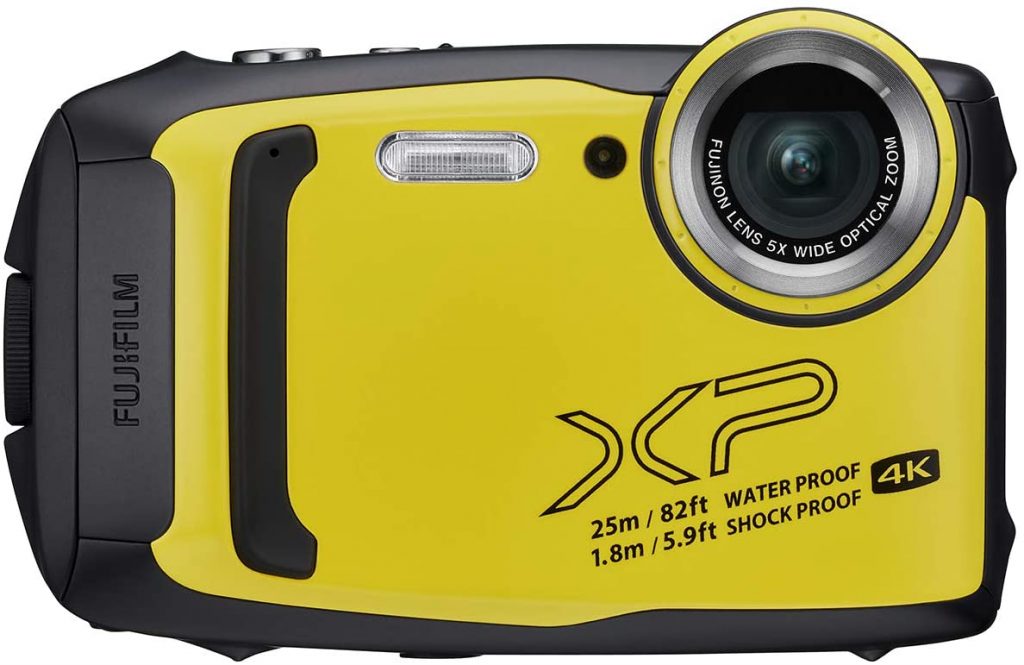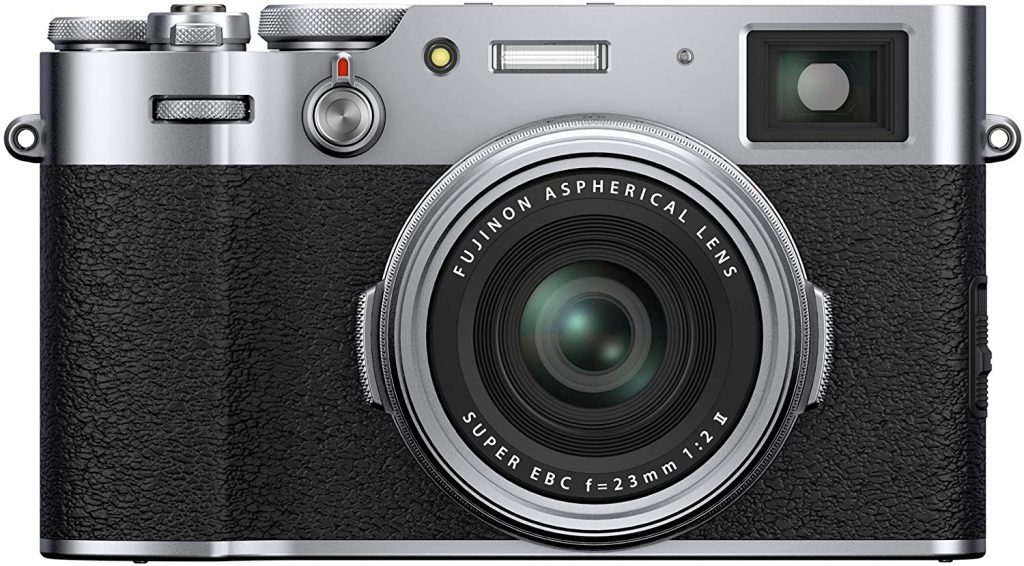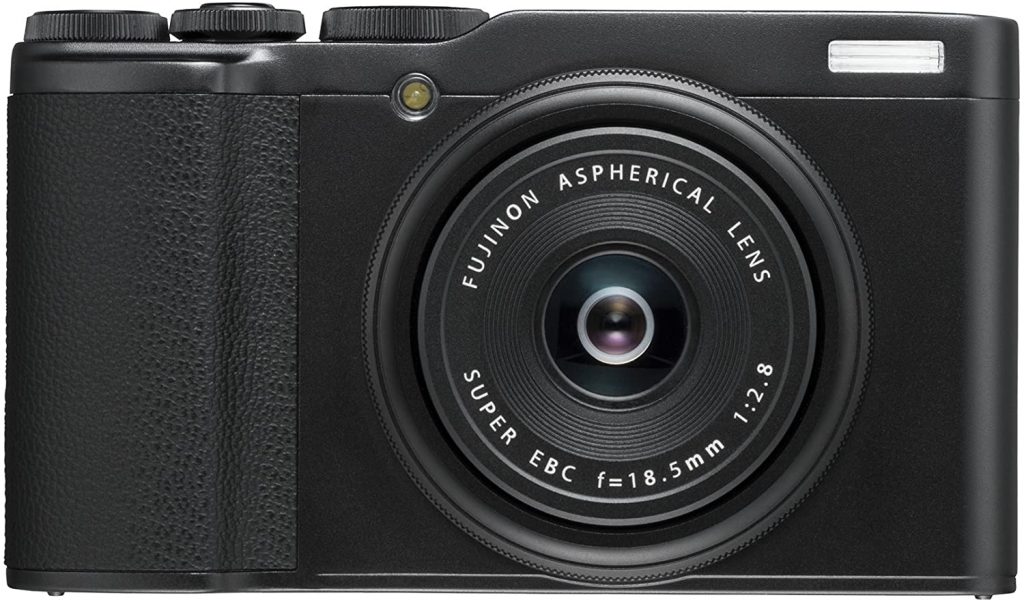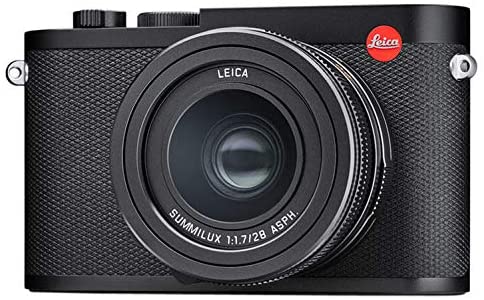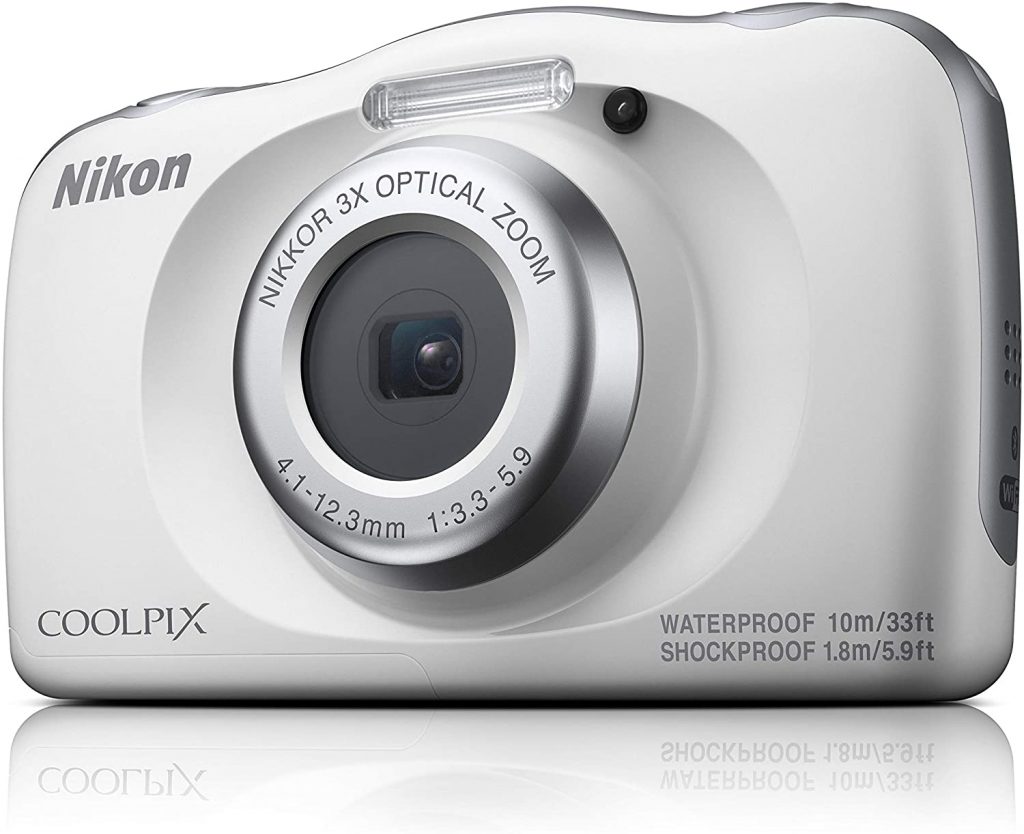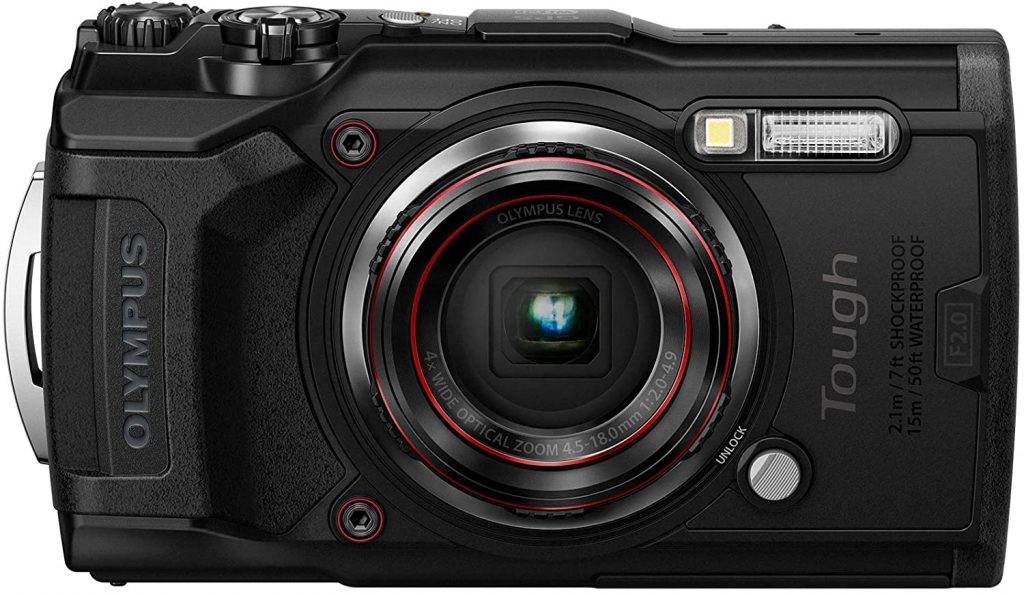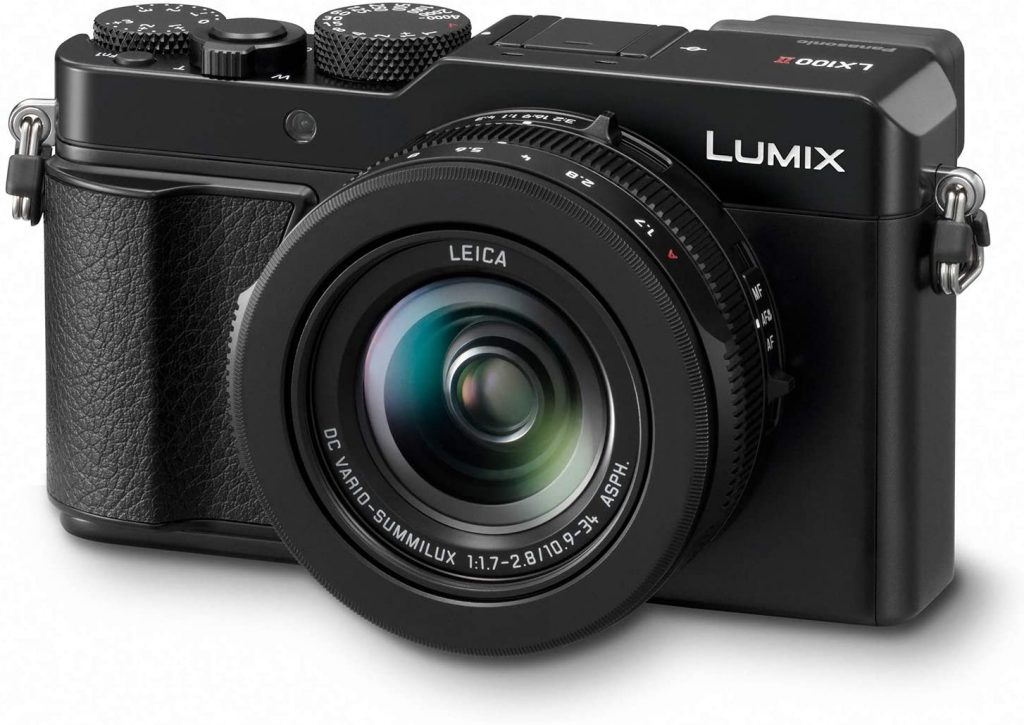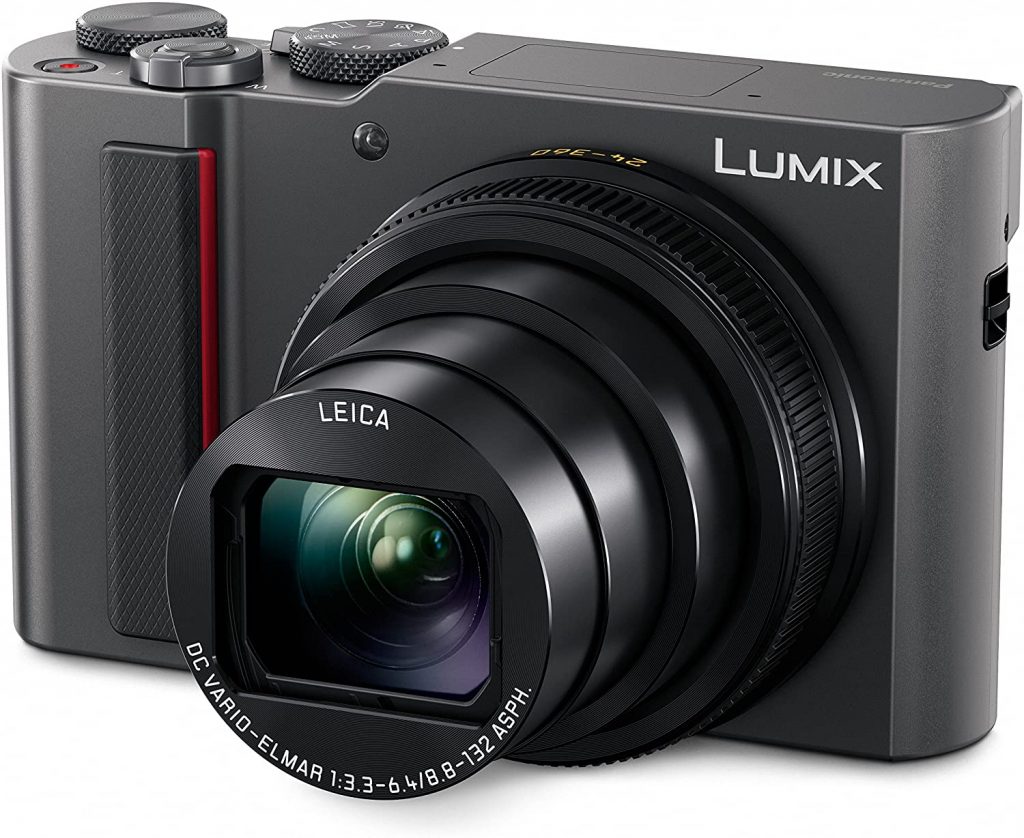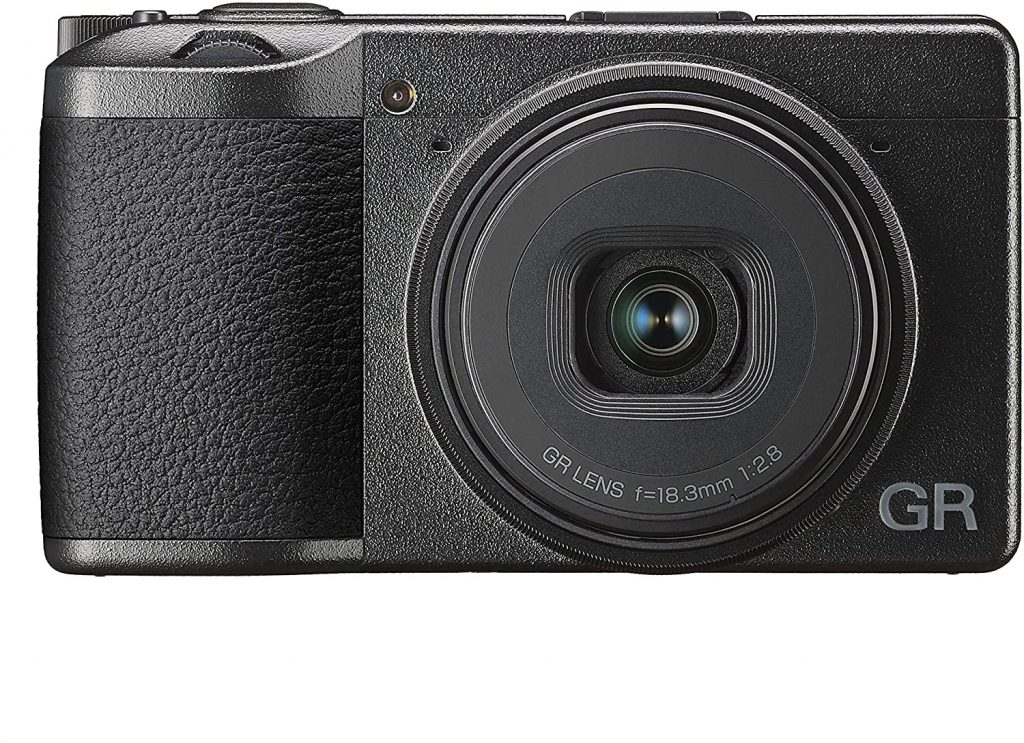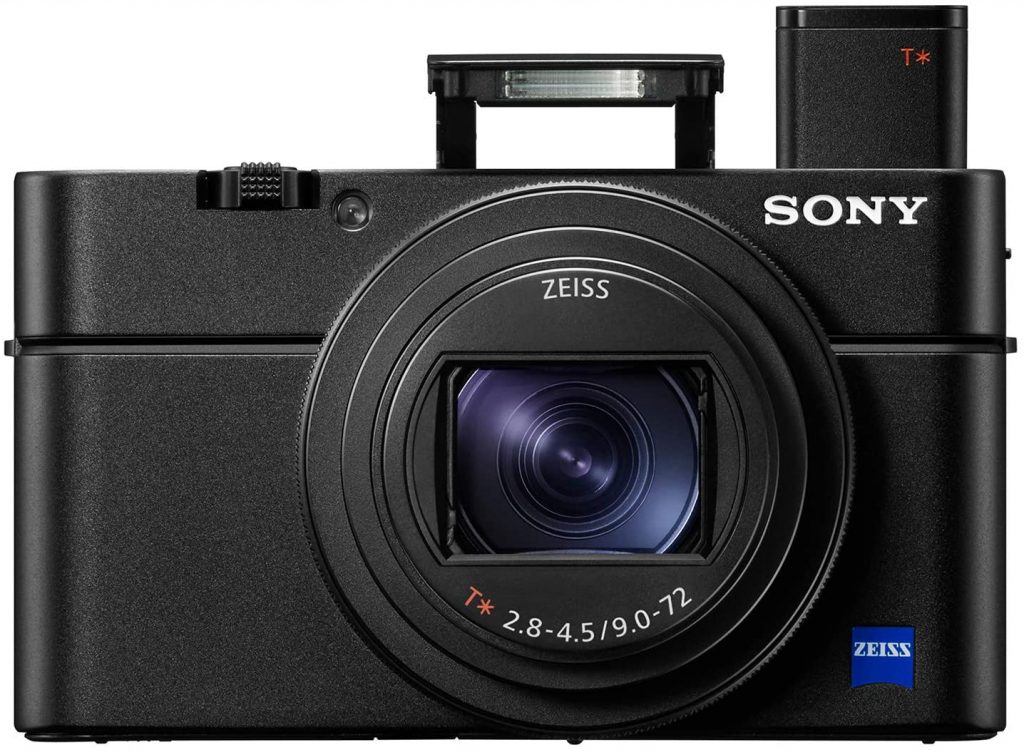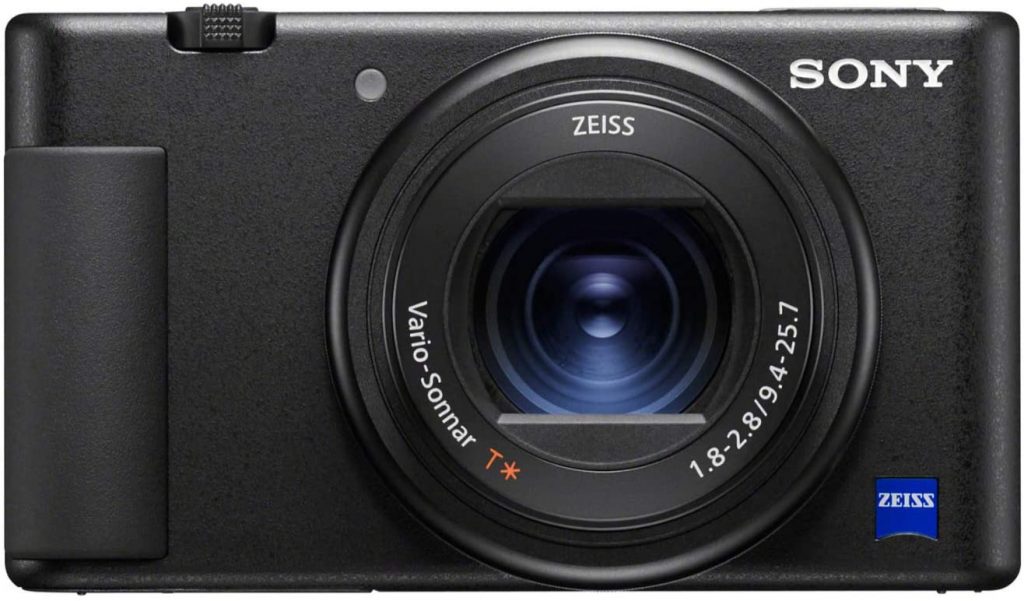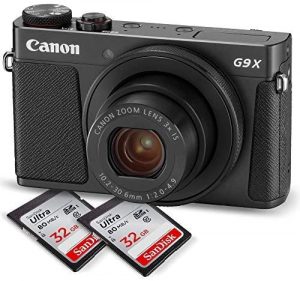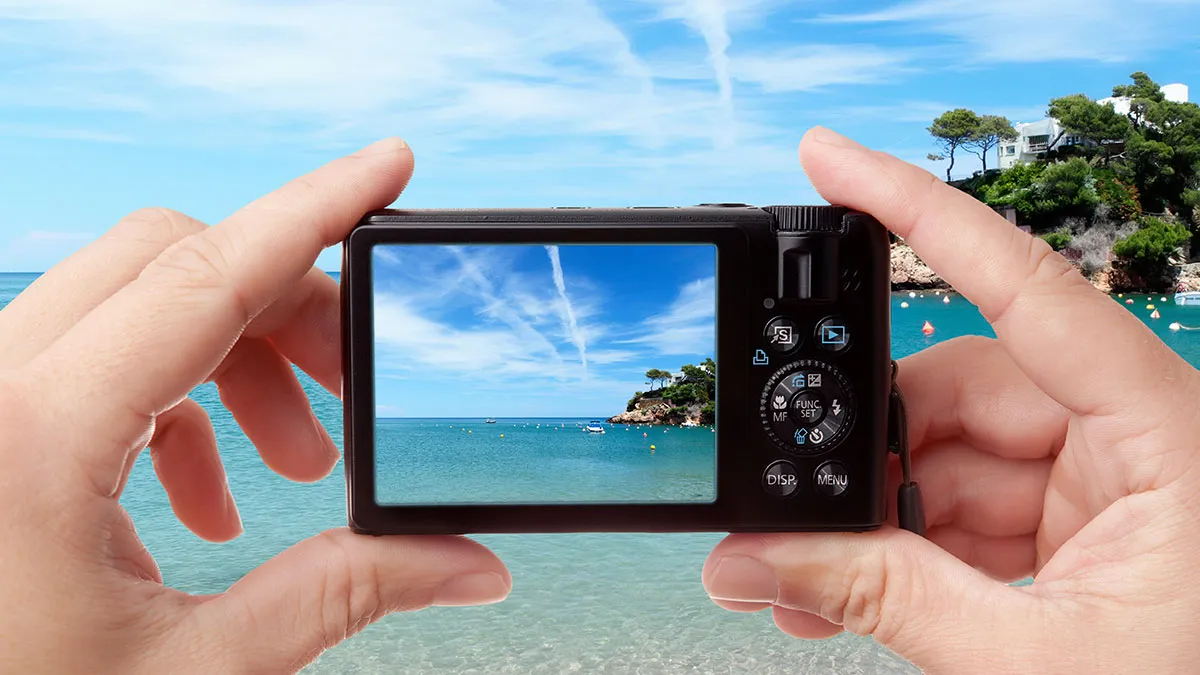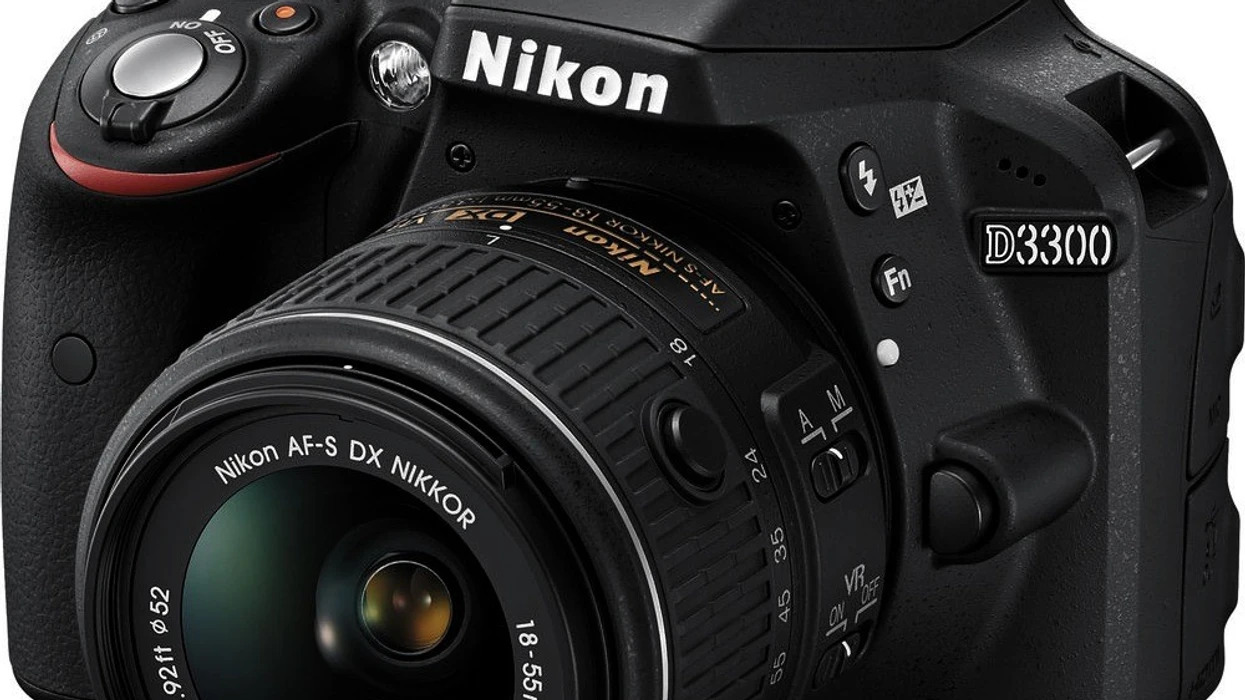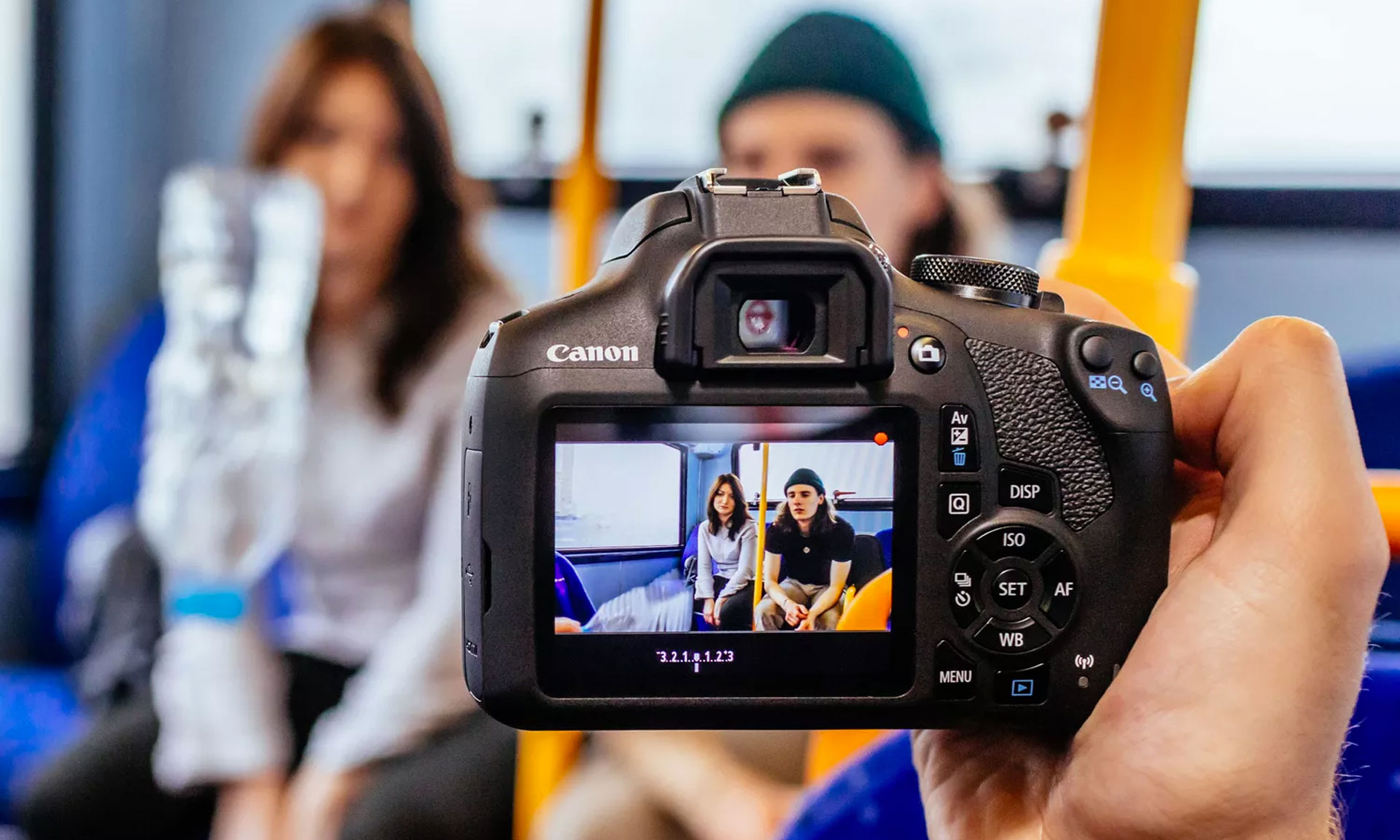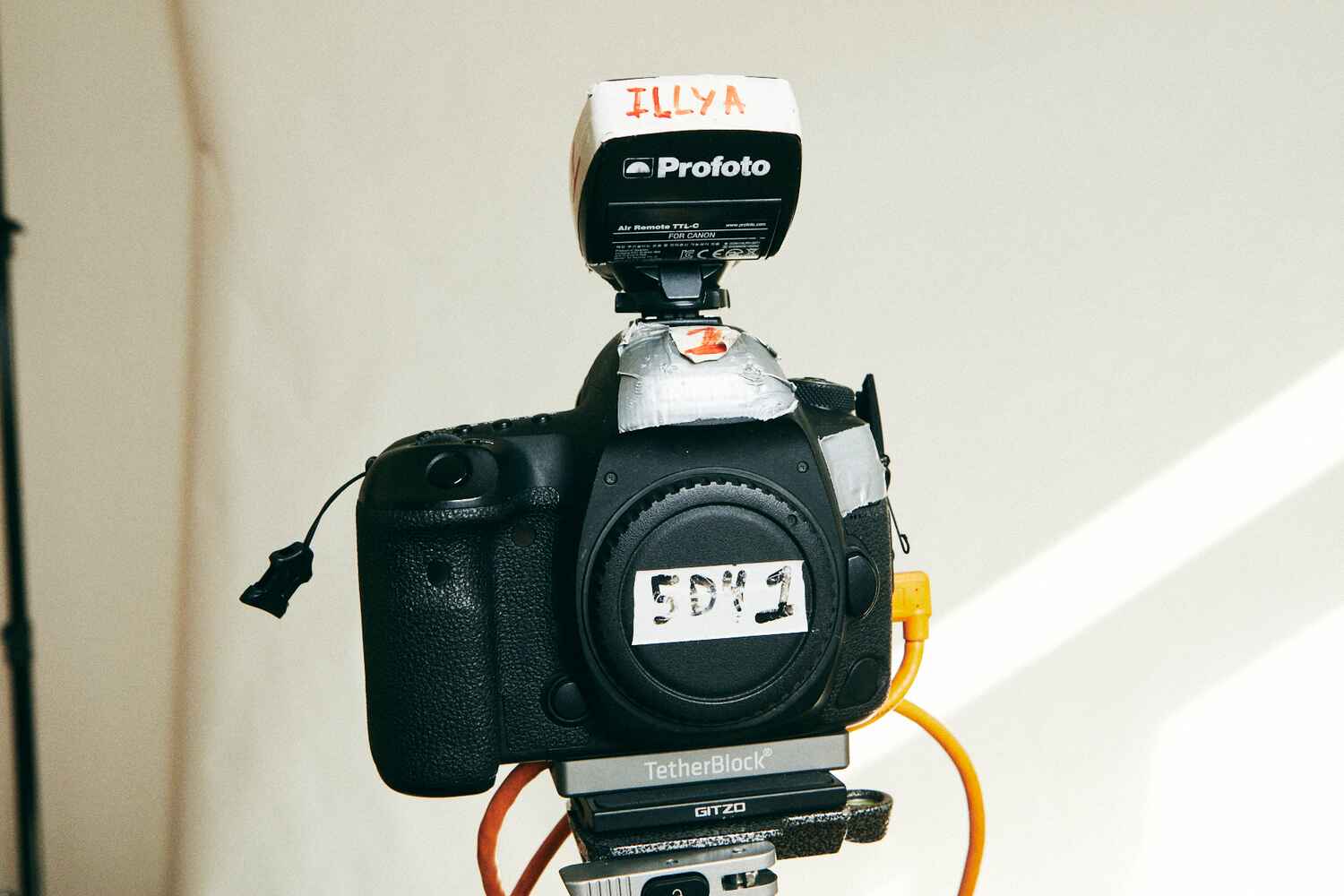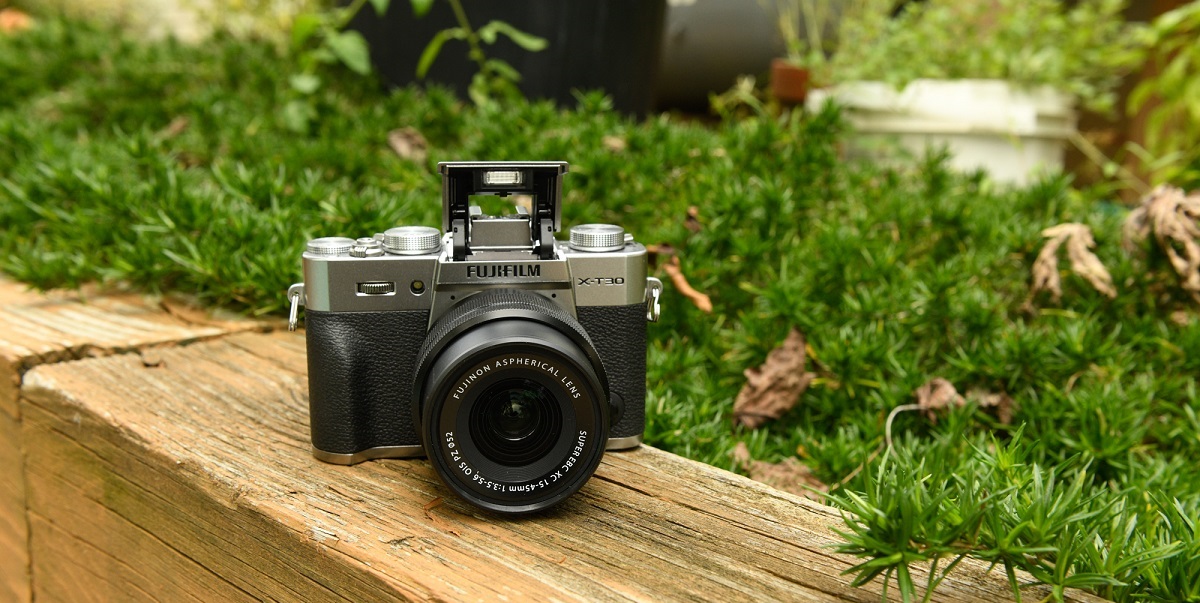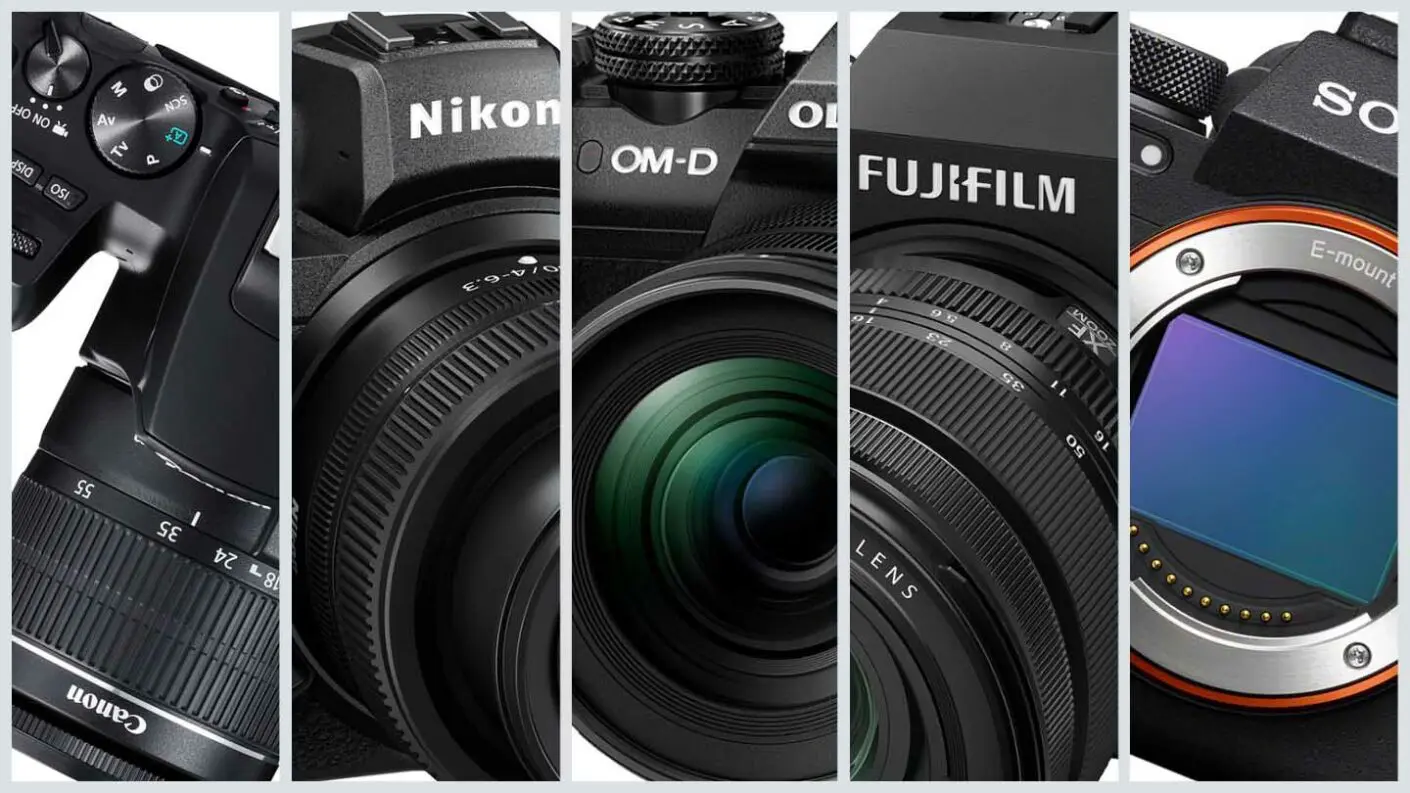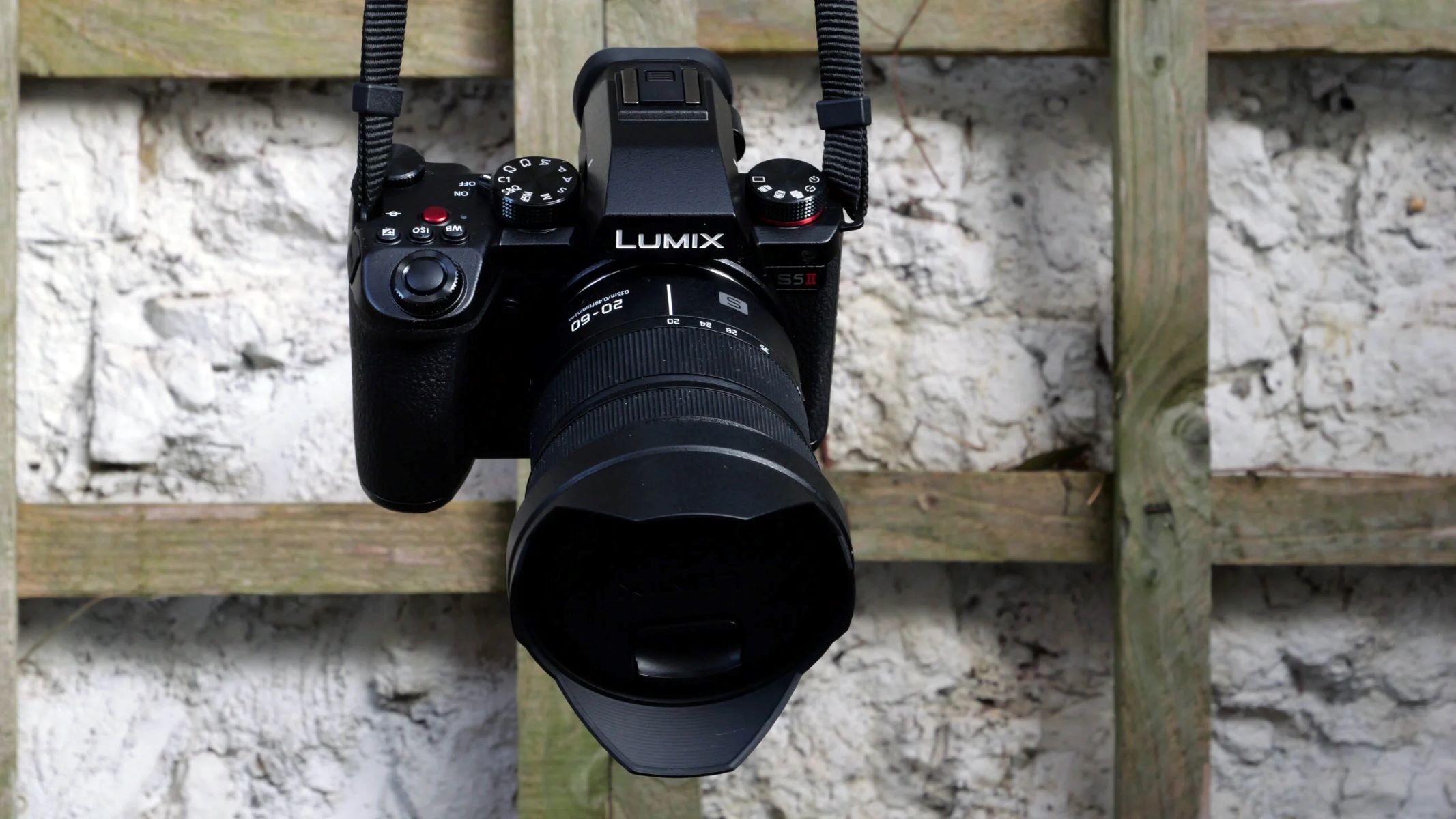Don’t you wish you can be like those pro photographers using their fancy cameras to capture stunning shots of people and the world around them? We do too. Luckily for you, photography isn’t inaccessible, with point-and-shoot devices available to automatically take care of all the necessary settings. Check out our top picks for the best point and shoot cameras in our article below:
Inside this Article
- 15 Best Point and Shoot Camera Products for Easy Photography
- Canon PowerShot G1 X Mark III
- Canon PowerShot G5 X Mark II
- Canon PowerShot G9 X Mark II
- Canon PowerShot SX740 HS
- Fujifilm FinePix XP140
- Fujifilm X100V
- Fujifilm XF10
- Leica Q2
- Nikon Coolpix W150 Digital Camera
- Olympus Tough TG-6
- Panasonic Lumix LX100 II
- Panasonic Lumix ZS200 / TZ200
- Ricoh GR III
- Sony Cyber-shot RX100 VI
- Sony ZV 1
- Best Point and Shoot Camera: Final Word
15 Best Point and Shoot Camera Products for Easy Photography
Pros
- – Compact but powerful
- – Great touchscreen controls
Cons
- – No 4K video
- – Narrow zoom range
- – Expensive
Are you looking for a compact camera with the power of a DSLR? The Canon PowerShot G1 X Mark III might just be the answer. With a 24.2 MP APS-C CMOS sensor in its tiny body, this camera is perfectly capable of taking breathtaking shots.
To further amplify its capabilities, this camera also comes equipped with an electronic viewfinder, 7fps burst shooting functionality, and intuitive touchscreen controls.
Do note that the G1 X Mark III lacks 4K video and has a narrow zoom range—steer clear if you want to do vlogs and/or take long-distance shots.
Pros
- – A clear and handy electronic viewfinder
- – Decent handling
- – 4K video
Cons
- – Battery life
- – Expensive
The Canon PowerShot G5 X Mark II may appear unassuming at first sight, but don’t let that fool you. Under the hood, it’s got powerful high-end technologies akin to an intermediate-level camera.
For starters, the G5 X Mark II sports a powerful 20.1-MP CMOS sensor, and it is capable of shooting 4K with an uncropped frame. Furthermore, this camera’s focal range and maximum aperture are very impressive—especially given that it’s a point-and-shoot device.
The G5 X Mark II does fall a little short with its poor battery life and average-quality lens.
Pros
- – Compact
- – User-friendly
Cons
- – Narrow zoom range
- – No 4K video
The Canon PowerShot G9 X Mark II is a simple device with easy-to-use controls that are great if you’re just starting out in photography. While this camera is on the simple side, this doesn’t mean that its quality is compromised.
The G9 X Mark II is built with a 20.1-MP sensor, decent aperture, and a reliable touchscreen for easy handling. However, this camera does lack 4K video recording functionality and has a limited zoom range. Nevertheless, if you’re looking for an entry-level upgrade to smartphone photography, the G9 X Mark II has you covered.
Pros
- – 40x zoom
- – Responsive
- – 4K video
- – Flipping LCD screen
Cons
- – LCD without touch capabilities
- – No RAW shooting
The Canon PowerShot SX740 HS is also a good choice, as it covers all the essentials: good overall image quality, autofocus, and 4K video functionality.
This camera even comes with a tilting LCD screen and multiple selfie modes that make it fantastic for selfies and vlogs. Its intense 40x zoom is also a plus, especially when many DSLRs lack this functionality.
Unfortunately, since it’s aimed at beginners, the SX740 can’t manage any kind of RAW photography. It also doesn’t have a touchscreen, meaning that you’ll have to use manual controls to work the camera.
Pros
- – Great for rugged use
- – Zoom lens
Cons
- – 4K only at 15fps
- – No RAW and manual photography
If extreme sports are your jam, the Fujifilm FinePix XP140 is a good choice for you. It can withstand a range of extreme conditions, including 25 meters underwater, a 1.8-meter drop, and sub-zero climates.
On the whole, the XP140 is a decent camera. Its image quality is great and it can shoot 4K videos—pretty impressive for a camera that costs under $300. It also comes equipped with a zoom lens, making long-distance shots a cinch.
As this camera can only handle light photography work, don’t expect it to be able to shoot in the RAW format. That said, this camera is pretty sturdy even under extreme conditions—definitely something to look into if you’re into sports.
Pros
- – Weather protection
- – Tilting LCD
- – 4K video
Cons
- – No stabilization
- – Slow autofocus
- – Expensive
Stylish, capable, and boasting excellent image quality, the Fujifilm X100V is one of the most expensive options on our list, coming in at a whopping $1,399 on Amazon. But for the price you’re paying, you’re definitely getting your money’s worth.
Equipped with a 23-mm F2 lens, the X100V promises to capture your photos at optimal resolution with little distortion. Powerful technology lines this camera’s body, which comes complete with an X-Trans CMOS 4 sensor and X-processor 4 combo, along with a 26.1-MP backside illuminated sensor and quad-core CPU—these all work together to deliver quality shots with speedy processing and precise autofocus.
The X100V also has a hybrid viewfinder that lets you quickly switch between outside the shot and a real-time glimpse into your exposure. With this camera, you’ll be able to capture exactly what you intend to snap.
Pros
- – Great image quality
- – Compact & portable
Cons
- – Missing viewfinder
- – Lackluster 4K video
The Fujifilm XF10 stands out for its classy retro look—its Champagne Gold model makes this especially obvious with a leather-like strip wrapping around its left side.
Performance-wise, the XF10 is no deadweight—with a 24.2-MP APS-C CMOS sensor, this mini camera is capable of delivering top-notch performance in the shots it captures. This camera is also capable of recording videos in 4K, although this is limited to 15fps and a continuous recording time of up to 30 minutes.
Leica Q2
Pros
- – Great lens
- – Excellent-feeling manual focus
- – 4K video
Cons
- – Extremely expensive
- – Limited video options
With an exorbitant price tag of $6,999.94 on Amazon, the Leica Q2 is well and truly a powerhouse that is meant to be wielded by only the most advanced photographers.
This camera sports a beast of a sensor, standing at 47.3-MP and capable of snapping impeccable photos that capture every fine, minute detail. This same sensor is also able to record gorgeous 4K videos at ISO sensitivities reaching up to 50,000 with no lag.
With this camera, you no longer have to worry about your subjects going out of focus too; with a superior autofocus system that takes just 0.15 seconds to hone in on your subjects, you’ll waste no time at all in snapping only the best photos.
The user experience is fantastic too, where you can customize a total of eight functions with just two buttons.
Do note that the focal point of the camera is quite short at 28mm and can be pretty limiting—you’ll have to adapt and carefully compose your shots.
Pros
- – Rugged use
- – Stylish
- – Wi-Fi connectivity
- – Affordable
Cons
- – No 4K video
Nikon’s Coolpix W150 packs a serious punch, boasting strong protection from water, dust, shock, and freezing temperatures—fantastic for shooting under extreme conditions.
This camera is built for more casual photographers in mind, allowing you to take basic photos and videos with no extra frills thrown into the mix. For example, video recording is limited to just 1080p, which is sufficient for a fun day out hiking or on the beach.
This camera also comes with Wi-Fi connectivity for seamless transfers of your photos and videos to your computer.
Pros
- – Rugged use
- – Lightning-fast burst shooting
- – 4K video
Cons
- – Small sensor
Compact and rugged, the Olympus Tough TG-6 certainly lives up to its name. This little guy is highly resistant to a huge range of extreme conditions, such as water, dust, shock, crush, freeze, and fog.
The TG-6 comes packed with a whole suite of quality camera features: high-res F2.0 lens, zoom of up to 8x, True Pic VIII, and a backlit CMOS image sensor. And that’s not all, as this camera is designed to perform underwater with five underwater shooting modes, including underwater microscope mode and three underwater white balance modes.
This camera is also able to record videos in 4K and full HD at 120fps—perfect for taking those dramatic underwater shots when you go scuba-diving.
Pros
- – Large, high-quality sensor
- – Flexible aspect ratio
- – 4K video
Cons
- – No built-in flash
- – Expensive
The Panasonic Lumix LX100 II is designed for enthusiasts. To start, it carries a large 17-MP Four Thirds sensor, great for snapping high-res photos on the fly.
The LX100 II is also outfitted with a specialized Leica DC Vario-Summilux lens that is built with a powerful optical image stabilizer to eliminate blur induced from handshaking and zoom shooting.
This camera can also record videos in 4K with 11fps burst shooting and adjustable aspect ratios.
Pros
- – Large sensor
- – Great zoom
Cons
- – No tilting LCD
- – Limited maximum aperture
Travel-friendly with great zoom capabilities, the Panasonic Lumix ZS200 is well-loved for its stellar performance, able to capture high-quality photos, 4K videos, and engage in 30fps burst shooting.
The ZS200 sports a larger one-inch 20.1-MP sensor, letting you take vibrant and more colorful photos in general. It also grants you creative freedom with a package of creative tools, including scene modes, filter modes, aperture, and shutter priority.
Ricoh GR III
Pros
- – RAW photography and built-in processing
- – Low-grain photos
Cons
- – No 4K video
- – Battery life
- – Expensive
The Ricoh GR III may not be as well known as big industry names like Canon and Leica, but this doesn’t mean it pales in performance. In fact, it delivers reliable 24-MP photos and can shoot in 1080p. Moreover, its RAW photography and built-in processing are great additions to its low-grain photos.
The camera does have issues with battery performance, only able to max out at 150 shots before needing to recharge.
Pros
- – Excellent zoom range
- – Electronic viewfinder
- – 4K video
- – Ultra-fast burst shooting
Cons
- – No touchscreen
- – Expensive
The Sony Cyber-shot RX100 VI will cost you a pretty penny at $1,198 on Amazon, but this is not without a reason. This camera sports a powerful hybrid autofocus system, built with a High-Density Tracking Autofocus Technology that will track and follow your subject if they are constantly on the move.
The RX100 VI also has advanced eye autofocus that accurately tracks your subject’s eyes to help you snap better portrait photos. In addition to the autofocus, the camera is equipped with optical SteadyShot, which lets you snap sharp photos even at long range and in low light.
Sony ZV 1
Pros
- – Unmatched autofocus
- – Flexible connectivity (hot shoe & mic port)
- – 4K videos
Cons
- – Limited touchscreen
- – No viewfinder
- – MicroUSB
The Sony ZV 1 is packed with features that other point-and-shoots overlook. For starters, the ZV 1 has a built-in hot shoe and a 3.5mm mic port for better-quality filming.
This camera also allows you to quickly switch between two modes of defocused background bokeh, along with a product showcase setting that transitions focus from face to object. The ZV 1 also lets you shoot 4K videos at 30fps.
Best Point and Shoot Camera: Final Word
Point-and-shoot cameras are a great way to get into photography because of how they work to help you take photos quickly and easily. And with the market saturated with so many different models, we have thus narrowed 15 on this list here to help you make a choice easier. We hope you find this list useful, and best of luck on your photography endeavors!

